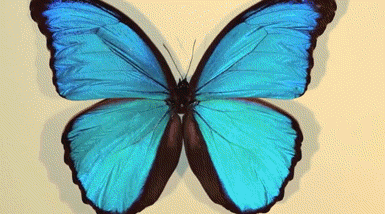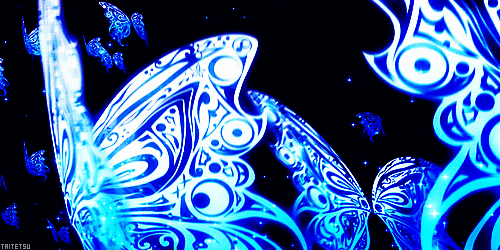It’s always awesome to announce a new clinical trial, especially for something that could offer relief to people suffering from the rarest of the rare conditions.
And rare doesn’t begin to describe Recessive Dystrophic Epidermolysis Bullosa (RDEB), a progressive skin disease that causes painful blisters and is thought to affect between 1,000 and 2,500 people in the U.S.
The disease is caused by mutations in COL7A1, the gene which plays a role in forming the type-VII collagen protein that binds skin layers together—basically, it’s what keeps your skin from blistering or tearing at the slightest scratch or rug-burn. It’s why kids with RDEB are sometimes called “butterfly children.”

RDEB can be fatal, and as of this moment, most treatments involve holding wounds closed and trying to keep germs out.
With current treatments serving literally as a band-aid to the problem, any development has to count as a step-up.
In July, Fibrocell Science, Inc. and Intrexon Corporation took that big step when they announced enrollment of the first patients in a Phase I/II clinical trial for a new RDEB treatment. The drug, currently called FCX-007, is a therapy that works to replace the missing COL7 gene by injecting a genetically-modified version of it at wound sites. The plan is to study six adults in Phase I of the trial and six children in Phase II. Researchers are hoping the trial will show a boost in wound-healing and Type VII collage production. The first patients should receive FCX-007 by the end of the year, with results coming in the second half of 2017.

There’s still a long way to go before this treatment can be proven safe and effective, and longer still before it reaches the patients who need it.
But no matter how long the trip ahead, it’s worth remembering: Even small and fragile butterflies are strong enough to fly thousands of miles every year for a better life!
Read about the clinical trial here. Then, check out Fibrocell and Intrexon’s sites to learn more.


